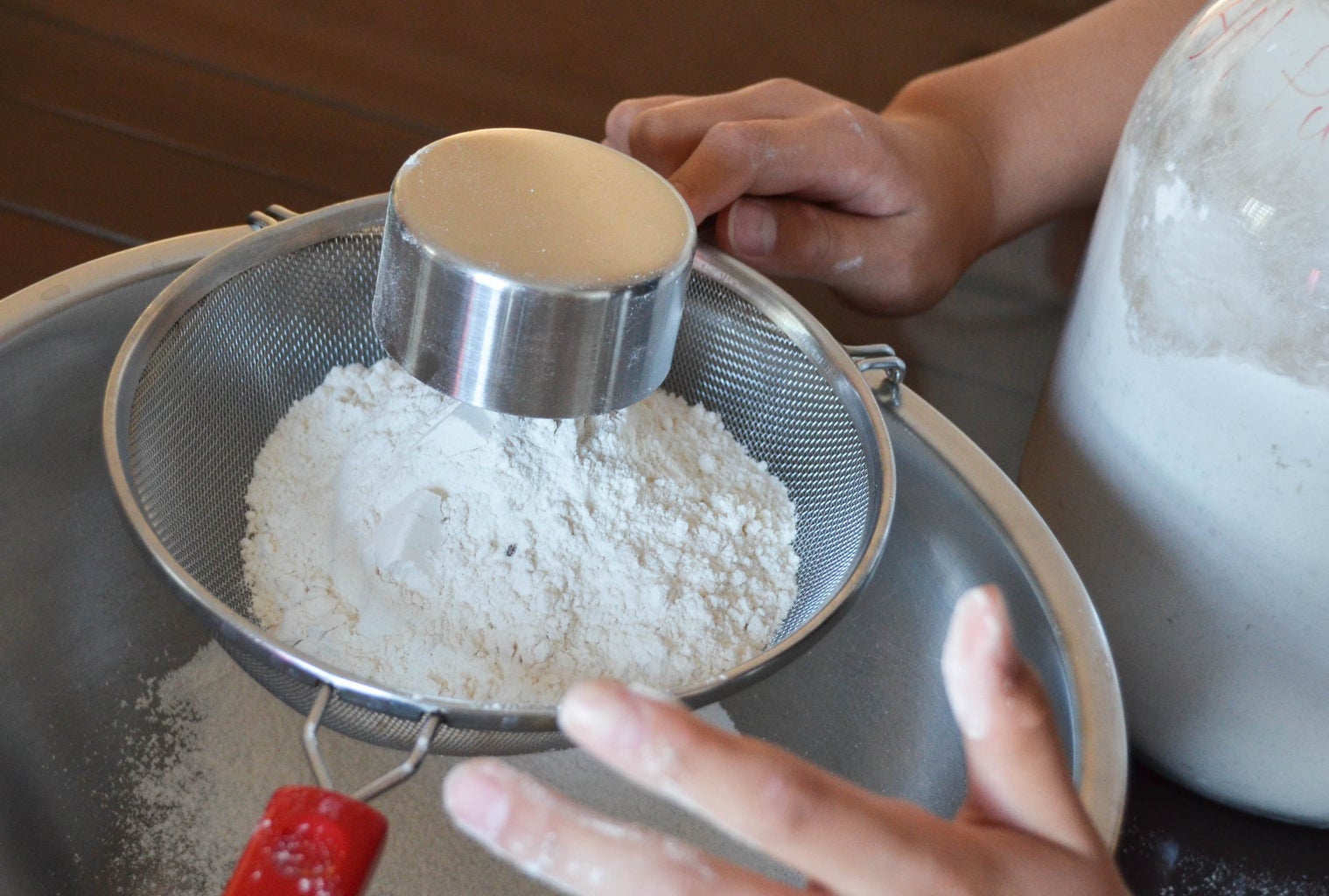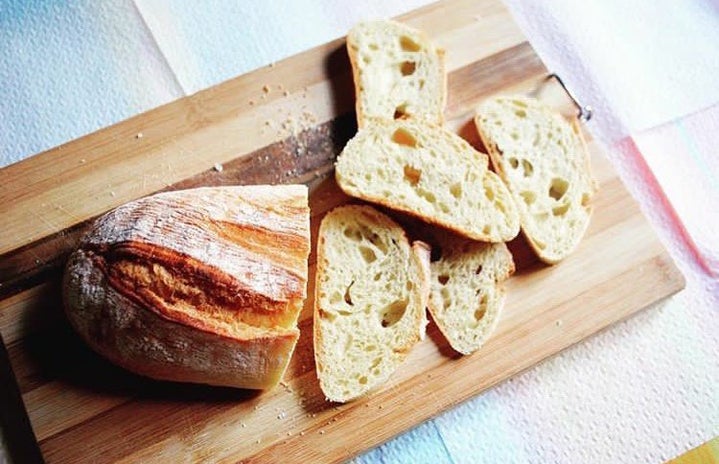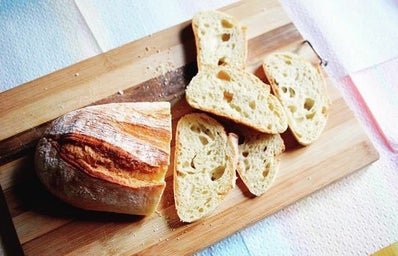The Her Campus National Editors write about products we love and think you’ll love too. Her Campus has affiliate partnerships, so we get a share of the revenue from your purchase. All products are in stock and all prices are accurate as of publication.
We have evidence that humans first made bread resembling what we eat today in ancient Egypt around 3000 BC. To put that into perspective, here are some things created after bread: money (770 BC), tea (2373 BC), and the compass (206 BC).
Humans before the common era might not have known where they were going or how they would pay for anything when they got there, but rest assured that at least some of them were taking in the divine fumes of freshly baked bread.
Since its creation, bread has become ubiquitous and has even taken many forms. From marble rye to pita to a crusty French baguette, we have more yeasty options than ever before.
It follows logically, then, that this bread innovation has had time to extend beyond just the appearance and taste of the final product. Since ancient Egyptian times, variations in bread-making have grown to include differences that begin at the very start of the process.
And guess what? There is a good chance that the best example of this evolution is in your kitchen right now. That’s right people, we’re talking sourdough.

I would like to preface this discussion by saying that I am by no means a scientist, but I am a bread enthusiast and a mean researcher (if I do say so myself), so I know a thing or two about sourdough.
What differentiates our sour superstar from other bread is its foundation. Emily Buehler, bread expert and author of Bread Science: The Chemistry and Craft of Making Bread (2006), explains the process best: “A sourdough starter is created by mixing flour and water, and then allowing the microorganisms—wild yeasts and bacteria—that live in the flour and air to thrive and multiply…the microorganisms perform fermentation reactions, producing the gas that makes the dough rise and the molecules that give it flavor.”
While traditional bread, made with quick-acting baker’s yeast, may be less time-consuming to make, sourdough boasts biological complexity that allows the gluten within the bread to break down into more easily digestible amino acids. This breakdown is why some of our gluten-sensitive friends can tolerate sourdough.
Essentially, when you hear everyone and their mother telling you that sourdough is amazing for you because of the bacteria present in it, they aren’t wrong. Beyond aiding in digestion, the bacteria in sourdough can also help your body retain minerals it would otherwise excrete.
Understanding what sets sourdough apart from other types of bread was essential for me to grasp why it’s become an internet obsession — and why my family group chat is constantly flooded with everyone’s latest sourdough creations, from pizza dough to pancakes.

What really sparked my curiosity regarding what made sourdough so special, however, was a TikTok I saw from Hannah Neeleman, the founder of Ballerina Farm. Neeleman filmed the process of making sourdough using products from her brand’s sourdough kit.
The video intrigued me because I wanted to know how the sourdough queen worked her magic, but what piqued my interest was the price point of the products Neeleman was using. As a college student, it is difficult to justify spending $44 on proofing baskets or $17 on a spatula.
This is not to say Ballerina Farm’s pricing is outrageous. It’s a family-owned small business that puts great care into making quality items; the value of their products should be more heavily determined by the value they have in your life.
However, by marketing these products to the sourdough apprentice, companies like Ballerina Farm establish the idea that making sourdough is a task best suited for those with money to spend.
The perpetuation of the exclusivity of those who make sourdough from scratch adds to its allure. The reason many of us follow creators like Neeleman is to escape from the stresses of our lives and for a second pretend that we too are waiting for our gourmet loaf to proof.
My point is that sourdough should not be conveyed as a luxury good made only by those who can afford certain “artisan” products. I promise that the mason jar with the handprints on it that you made when you were ten will house your sourdough starter just fine.
I hope that those of you who were initially skeptical about what makes sourdough unique can now feel confident that by choosing sourdough for your next avocado toast, you’re making a gut-friendly choice.
It is also important to me to remind all the new sourdough enthusiasts that just because you don’t have the same lifestyle as your favorite sourdough influencer does not mean you can’t make exceptional creations yourself.
Sourdough’s charm lies not in fancy tools or trending TikToks, but in the simple joy of creating something delicious and nutritious. Whether your starter begins in a childhood creation or a minimalist farm-aesthetic proofing basket, I’m sure the result will be incredible.



